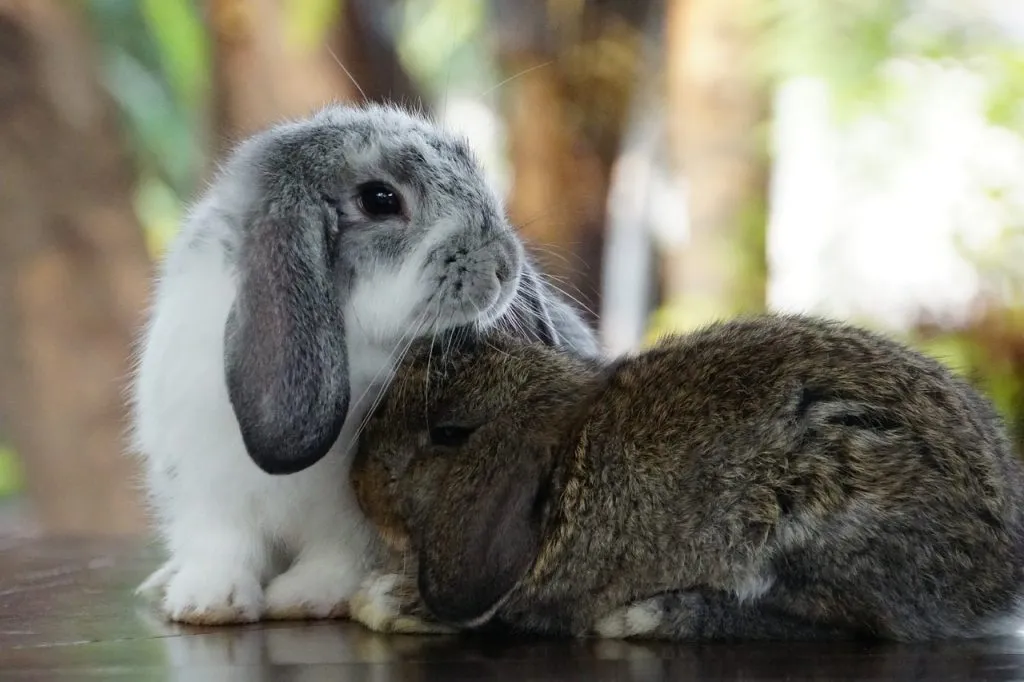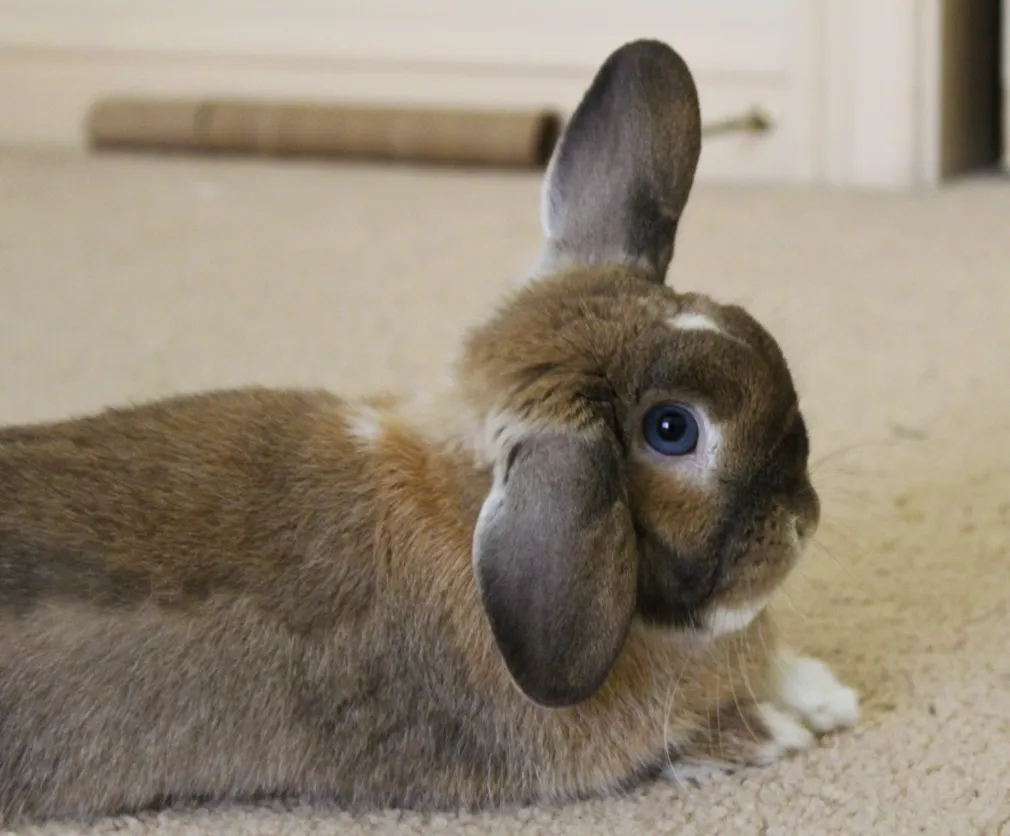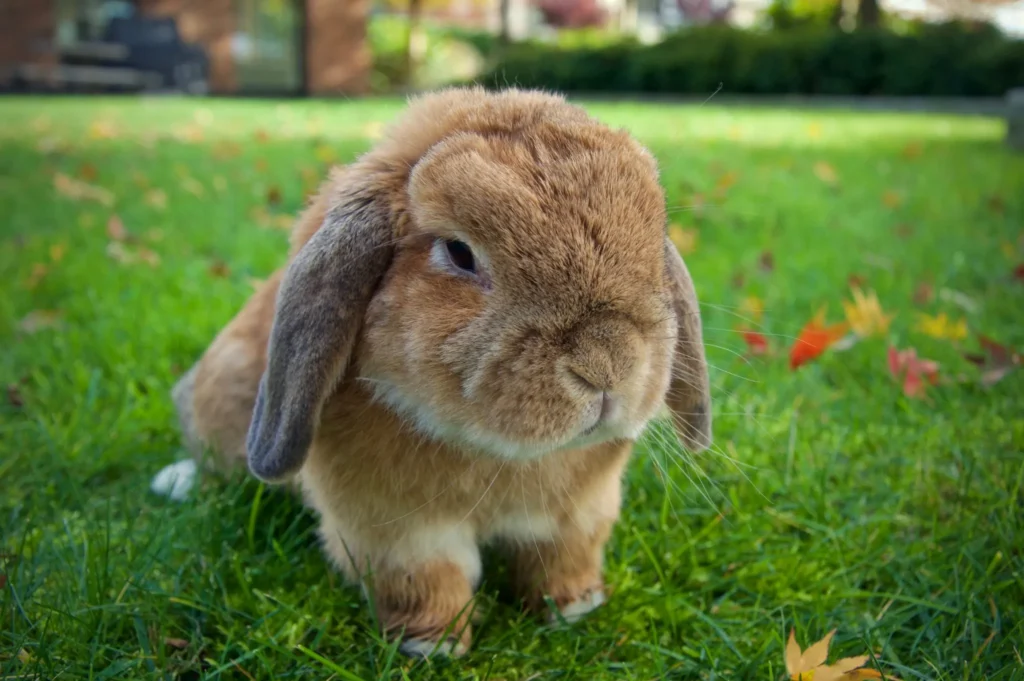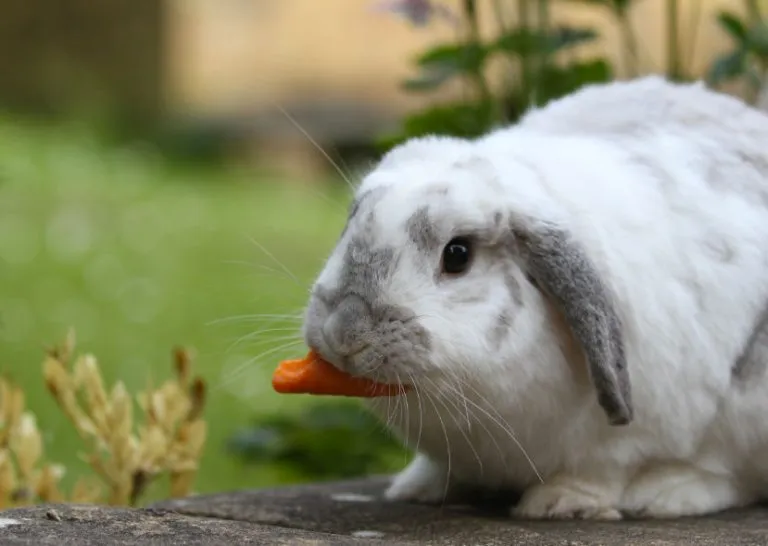Holland Lop rabbits are among the most adorable and beloved pet rabbits in the world. Their distinctive floppy ears, compact size, and friendly nature make them a popular choice for pet lovers. If you’re considering getting a Holland Lop or just want to learn more about them, this comprehensive guide covers everything you need to know about their history, characteristics, care, diet, and health.

History and Origin of Holland Lop Rabbits
The Holland Lop breed was developed in the Netherlands by Adrian de Cock in the 1950s. He wanted to create a small rabbit with the lopped ears of the French Lop. By crossbreeding the French Lop with the Netherland Dwarf and English Lop, he successfully developed the Holland Lop. The breed was officially recognized by the American Rabbit Breeders Association (ARBA) in 1979 and has since gained worldwide popularity.
Physical Characteristics of Holland Lops
Holland Lop rabbits have distinct features that set them apart from other rabbit breeds:
- Size: Small, weighing between 2 to 4 pounds (0.9 to 1.8 kg).
- Ears: Floppy ears that hang down on both sides of their head.
- Body: Compact and muscular with a broad head and short legs.
- Coat: Soft, dense fur that comes in a variety of colors, including fawn, chocolate, blue, and white.
- Lifespan: Typically 7 to 10 years with proper care.
Personality and Temperament
Holland Lops are known for their affectionate and playful nature. They enjoy human interaction and can be trained to recognize their owners. Here are some key traits of their temperament:
- Friendly: They are social and enjoy cuddles and gentle handling.
- Curious: These rabbits love to explore their surroundings and interact with toys.
- Playful: Holland Lops enjoy hopping around, playing with toys, and engaging in activities.
- Intelligent: They can learn basic commands and even be litter trained.

Housing and Environment
Creating a comfortable living space for your Holland Lop is essential for their well-being.
- Cage Size: If kept in a cage, it should be at least 24 x 36 inches, with enough space for movement.
- Bedding: Use soft, absorbent bedding like hay or paper-based bedding.
- Play Area: They need daily exercise, so a playpen or rabbit-proofed room is necessary.
- Temperature: Keep them in a cool environment, between 60-70°F (15-21°C), as they are sensitive to heat.
- Hiding Spots: Provide small shelters or tunnels where they can hide and feel safe.
Diet and Nutrition
A balanced diet is crucial for the health of a Holland Lop.
- Hay: 80% of their diet should consist of fresh hay (Timothy hay is best).
- Pellets: High-quality rabbit pellets should be given in moderation.
- Vegetables: Fresh leafy greens like romaine lettuce, parsley, and cilantro are excellent choices.
- Fruits: Occasional treats like apples, bananas, and berries (in small amounts).
- Water: Always provide fresh, clean water in a bowl or a water bottle.
Grooming and Hygiene
Holland Lops require regular grooming to keep them healthy and comfortable.
- Brushing: Brush their fur once or twice a week to prevent matting and reduce shedding.
- Nail Trimming: Trim their nails every few weeks to prevent overgrowth.
- Ear Cleaning: Check their ears regularly for wax buildup and infections.
- Dental Care: Their teeth continuously grow, so providing chew toys and hay helps prevent dental problems.
Common Health Issues
Like all pets, Holland Lops are prone to certain health issues. Some common ones include:
- Dental Problems: Overgrown teeth can cause difficulty in eating. Provide plenty of hay to keep their teeth trimmed.
- Gastrointestinal Stasis (GI Stasis): A life-threatening condition where their digestive system slows down. Symptoms include loss of appetite and bloating.
- Ear Infections: Due to their lopped ears, they are more prone to ear infections.
- Obesity: Overfeeding or lack of exercise can lead to obesity, which affects their mobility and overall health.
- Respiratory Issues: Poor ventilation and exposure to dust can lead to respiratory infections.
Training and Socialization
Holland Lops are intelligent and can be trained with patience and consistency.
- Litter Training: Use a small litter box with rabbit-safe litter and place it in their favorite corner.
- Handling: Handle them gently from a young age to make them comfortable with human touch.
- Interactive Play: Provide toys like tunnels, chew toys, and puzzle feeders to keep them engaged.
Breeding and Reproduction
If you plan to breed Holland Lops, understanding their reproductive cycle is important.
- Maturity: They reach sexual maturity at 4-6 months old.
- Gestation: Pregnancy lasts about 30 days.
- Litter Size: A female can give birth to 2-6 kits per litter.
- Care for Kits: Baby rabbits should stay with their mother for at least 8 weeks before adoption.

Are Holland Lops Good Pets for You?
Holland Lops are great pets for individuals and families who can provide time, attention, and care. Here are some pros and cons to consider:
Pros:
- Small and easy to handle
- Affectionate and friendly
- Can be litter trained
- Low maintenance compared to some other pets
Cons:
- Require daily exercise and playtime
- Prone to certain health issues
- Need regular grooming and care
- Can be destructive if not properly trained
Conclusion
Holland Lop rabbits are one of the most lovable and charming pets you can have. With proper care, a nutritious diet, and regular interaction, they can be a wonderful addition to any household. Whether you’re a first-time rabbit owner or an experienced pet parent, understanding their needs and behaviors will ensure a happy and healthy life for your furry friend.

